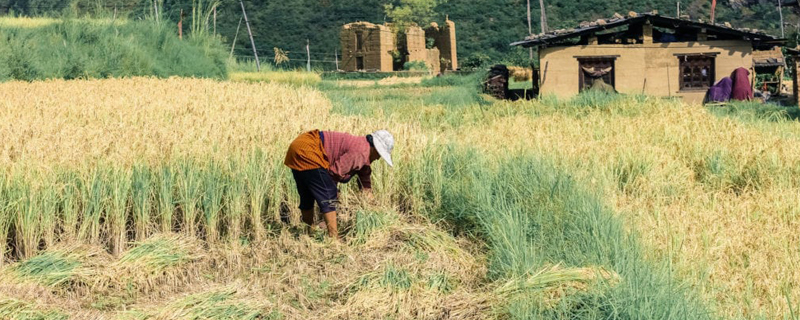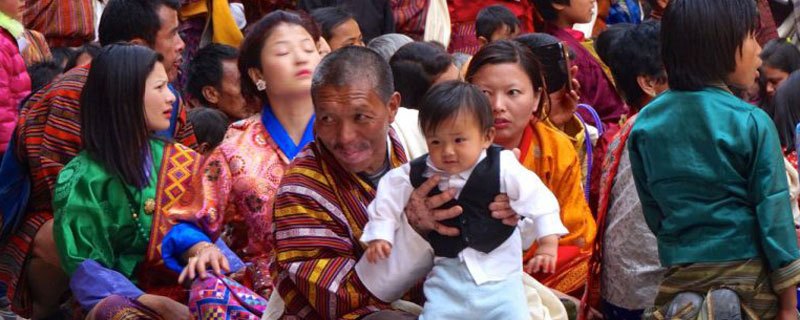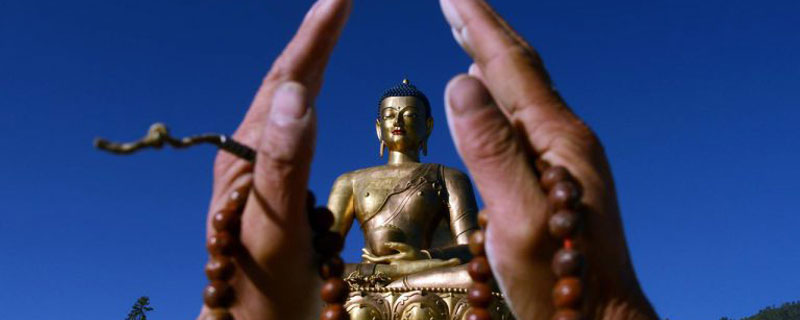Bhutan has unique culture and traditions. Thanks to its geography where the place is etched deep in Himalayan mountains making it very difficult for foreign cultures to invade. For centuries Bhutan remained isolated from the outside world practicing its own way of life and religion.

Buddhism is the state religion and was first introduced by a tantric saint called Guru Padmasambhava in 8th century. Religious beliefs and values define most of how a Bhutanese behave and lead the life. All conducts are guided by the noble truths of Buddha’s teachings. Such truths are dramatized and displayed to the people during the festivals called Tshechus around the country. These often the elaborate celebrations where people dress their best attire to go and witness the performance of mask dances and other cultural items. It is believed that witnessing such festival guides one to know the celestial beings we encounter after our death who will guide us to our next life.

Bhutanese avoid harming any sentient being. Killing an ant is considered a sin as much as killing an elephant or a whale. So the prayers are basically worded to free the sentient beings from all kind of sufferings and their wellbeing. Prayers flags can be seen hoisted all over the places in Bhutan which carries prayers liberating sentient beings and bringing luck. Almost all Bhutanese houses have an altar where they pray every day to the gods to help them liberate from sufferings and obstacles in life.
On the social level, Bhutanese are strictly guided by code of etiquettes called Driglam Namzha which literally means Rules for Disciplined Behavior. Such rules govern how a citizens should dress, eat, talk, behave and treat others who are elder than one and younger. Any one misbehaving is considered unfit to live in a society and becomes the subject of scorn and punishment.
Dress is important culture of Bhutan. Males wear what is called gho and females wear kira. This dress code is first introduced by the Zhabdrung, the who united the country in 17th century. Hand woven ghos and kiras can be expensive which bear elaborate and intricate patterns made of silk and brocade.

Bhutanese food limited to eating rice all day long. Traditionally, red rice is the staple diet eaten with some forms of curry made of meat and vegetables. Chilli is the favourite vegetables used to make the popular dish called Ema Datsi (Chilli with cheese). However, given it varying agro-climatic zones, Bhutanese societies also popularly rely on crops like maize, wheat, buckwheat, and potatoes.
There are almost 21 languages and dialects in Bhutan. Dzongkha is the national language and spoken all over the country. Although the country is small in size yet one can see the diversity in its ethic composition spread in various communities across the country. Interestingly, different communities have their own local culture and unique identities. A cross-country tour offers to see such different ethic culture and practices.
Copyright © 2024 Algopage
